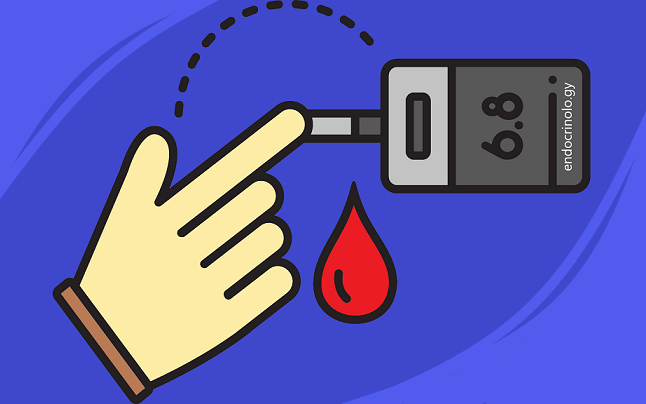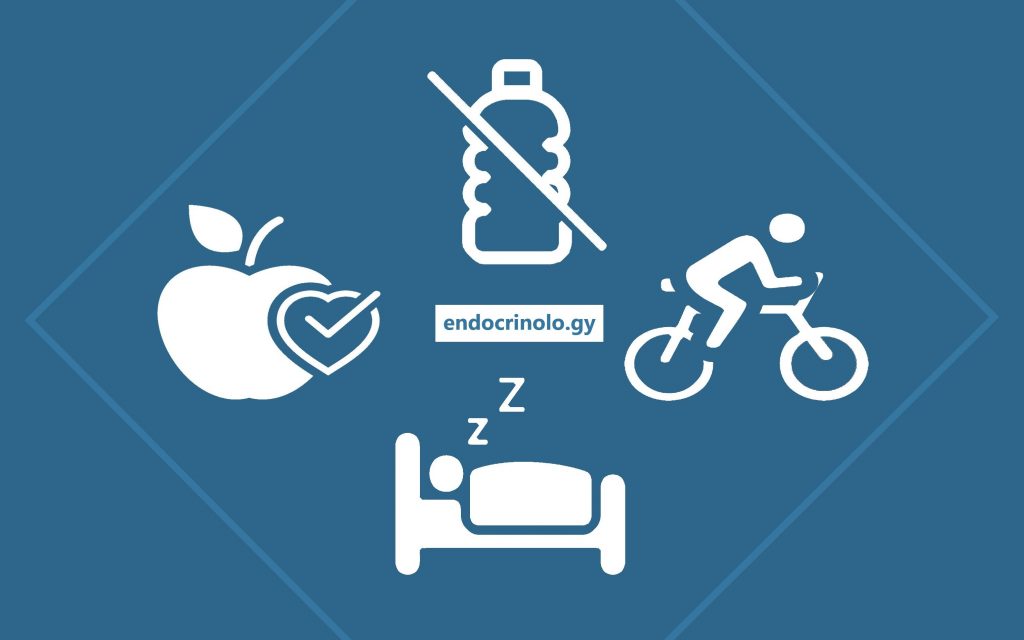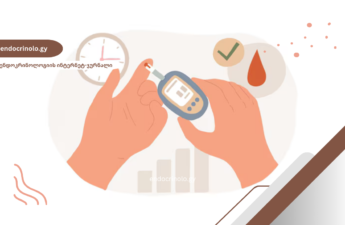The close link between tobacco use and serious conditions such as respiratory, cardiovascular, and oncological diseases is already well known to everyone.
At the same time, smoking has a multifaceted effect on the production of hormones and, therefore, on the functioning of the endocrine system as a whole, which often translates into significant clinical problems.
These effects are caused by direct exposure to nicotine, the toxin thiocyanate, and up to 7,000 other toxins contained in cigarettes.
Cigarette smoking negatively affects the functioning of the pituitary gland, thyroid gland, adrenal gland, testicles, and ovaries, calcium metabolism, and insulin action.
The most notable clinical results are:
- Increased risk and/or worsening of Graves' hyperthyroidism and associated orbitopathy
- Osteoporosis (impairment of bone structure and strength)
- Decreased ability to bear children
- Insulin resistance formation and Increased risk of type 2 diabetes
A significant problem is the impact of tobacco on the fetus and the inhalation of its smoke in children.
Due to the increased levels of catecholamines in pregnant women who smoke, adequate blood supply to the fetus may be impaired.
The entry of thiocyanates into the body as a result of passive smoking (inhaling tobacco smoke) may cause changes in the size and functioning of the thyroid gland.
Thyroid gland
Many studies show that tobacco has a multifaceted effect on the thyroid gland.
It acts on antibodies associated with the thyroid gland, as well as on hormones and the structure of the organ itself.
The impact of smoking on Graves' disease and its associated ocular manifestation (Graves' orbitopathy) has been well known, studied, and documented for many years.
Graves' disease, like its associated orbitopathy, is of autoimmune origin. The thousands of toxins contained in tobacco smoke exacerbate this autoimmune effect.
Non-smokers and former smokers have a greater chance of achieving remission of the disease with drug therapy than smokers.
The risk of developing Graves' eye changes is doubled in smokers.
If Graves' disease is treated with Radioactive iodine therapy, the risk of developing orbitopathy is now four times higher.
Additionally, these risks increase in direct proportion to the number of cigarettes smoked per day. However, once smoking is stopped, they rapidly decrease to the level of risks for non-smokers.
DIABETES MELLITUS
Smoking is considered one of the main risk factors for developing type 2 diabetes (along with unhealthy diet and a sedentary lifestyle).
Inflammatory processes and oxidative stress, which accompany exposure to toxic compounds contained in cigarettes, inhibit the proper functioning of the hormone insulin in the body and lead to the development of a state of insulin resistance.
It is through this mechanism that tobacco use increases the risk of developing type 2 diabetes by 30-40 times compared to non-smokers.
Here too, the level of risk increase is directly proportional to the number of cigarettes smoked during the day.
Also, as a result of increased insulin resistance, it is much more difficult for smokers to manage type 2 diabetes and achieve glycemic (blood sugar) targets.
Against the backdrop of an insulin therapy regimen, a significant increase in insulin doses is required to achieve the desired results.
It is well known that smoking attacks blood vessels and prevents the body from getting enough oxygen. When this is combined with high blood glucose, whose first target for damage is also the blood vessels, the results become dramatic.
Overall, both through indirect and direct effects, the risks of developing serious complications of diabetes increase, such as heart disease, arterial hypertension, kidney and eye damage, nervous system disorders, poor blood circulation, and the need for amputation.
Quitting tobacco use has an immediate positive impact on the body. Although it will not “reverse” diabetes, it will significantly improve its management and outcomes. The effects of insulin and other sugar-regulating drugs increase.
Lipids
We have already mentioned the negative impact of smoking on cardiovascular status and diseases. One of the mechanisms underlying this effect is precisely the impact of tobacco on lipid or fat metabolism, which is reflected in changes in the parameters of the lipid spectrum in the laboratory.
In particular, tobacco use is associated with increased total cholesterol levels, a decrease in the amount of low-density lipoprotein (good) cholesterol and a sharp increase in triglyceride levels, which overall leads to an increase in cardiovascular risks.
Osteoporosis
Smoking is an important modifiable risk factor for osteoporosis that can be prevented.
Osteoporosis is a bone disease characterized by structural changes in bone tissue, decreased bone mass, and an increased risk of fractures.
As in other cases, tobacco use exerts this negative effect through several different direct and indirect effects.
These include: decreased bone formation, effects on sex and adrenal hormones, decreased calcium absorption, and other mechanisms.
As a result, we suffer from conditions such as osteoporosis, increased risk of fractures, arthritis, and periodontitis.
Obviously, in this case too, eliminating the risks depends on stopping tobacco use.
Other adverse effects
In addition to the conditions listed above, tobacco, due to the effects of nicotine and other harmful substances it contains, also alters the production of cortisol, parathyroid hormone, estrogen, testosterone, and growth hormone.
The effects and risks are almost the same in the case of continued passive smoking.
As for electronic cigarettes, their effects on the endocrine system have not yet been fully studied. In any case, the best option is to use it temporarily as an aid to quitting smoking and eventually stop using it.
Some tips for overcoming tobacco addiction
For most smokers, quitting cigarettes is a big challenge. However, of course, anyone can overcome this harmful addiction.
Remember that no matter how strong the urge for a cigarette is, it usually takes 5-10 minutes for it to subside on its own.
Therefore, when you feel the urge to smoke, try your best to distract yourself for the next 10 minutes until the strong desire passes. One good option for this is active physical activity. For example, doing push-ups, or running up and down the stairs a few times, or performing any other exercise or activity that is appropriate for the environment.
For a mouthpiece, you can replace cigarettes with chewing gum, sunflower seeds, nuts, or any other "snack" product that you find enjoyable.
Avoid environments or activities that you associate with smoking.
Don't allow yourself to smoke "just one joint," as one usually leads to the others.
Use stress-relieving techniques, such as deep breathing, massage, yoga, and listening to calming music.
Try temporarily replacing cigarettes with nicotine-containing products, which are available in patches, chewing gum, and other forms.
And often remind yourself of the positive aspects of quitting tobacco use, such as:
- Improving self-feeling
- Body rejuvenation
- Protecting your loved ones from second-hand smoke
- Reducing financial costs.
Don't give up! Remember that every time you successfully overcome the urge to smoke, you are taking a big step closer to the important goal of breaking free from tobacco addiction.
Author: Elga Giorgadze (MD of Endocrinology)






